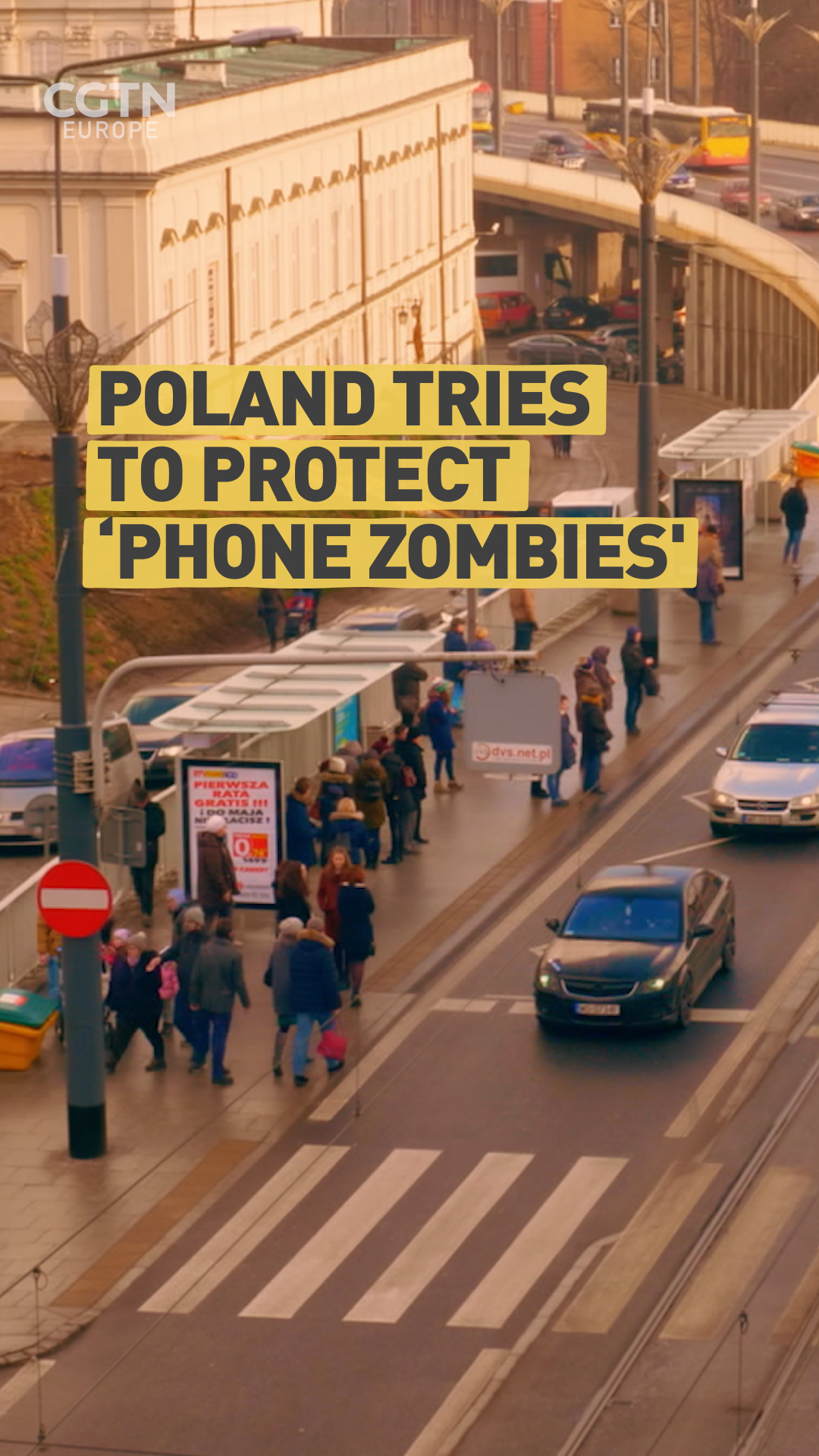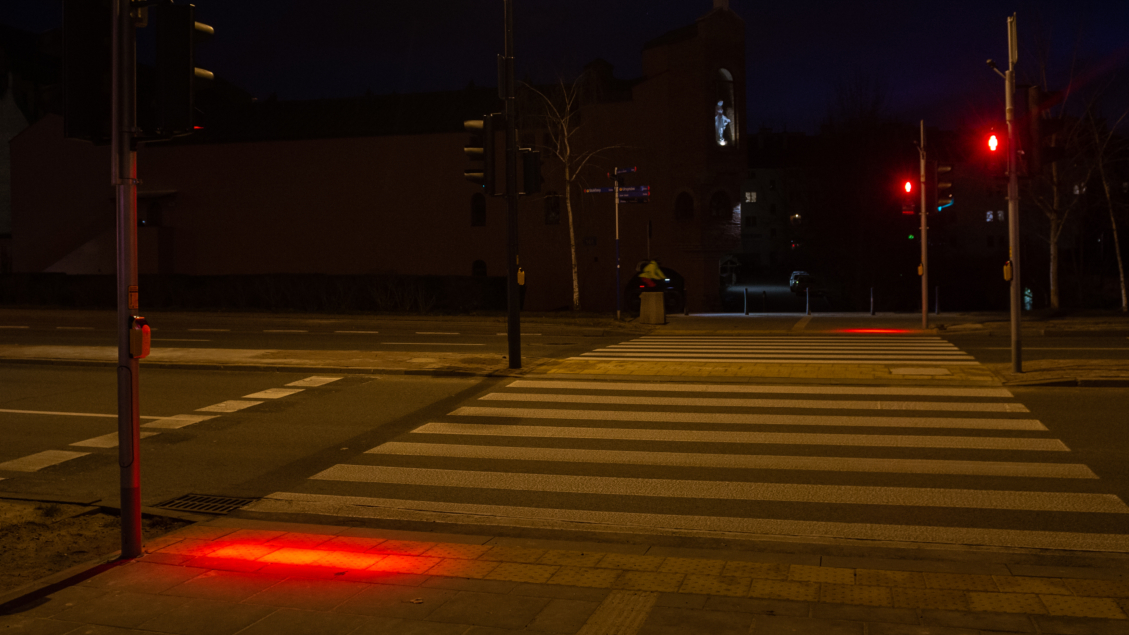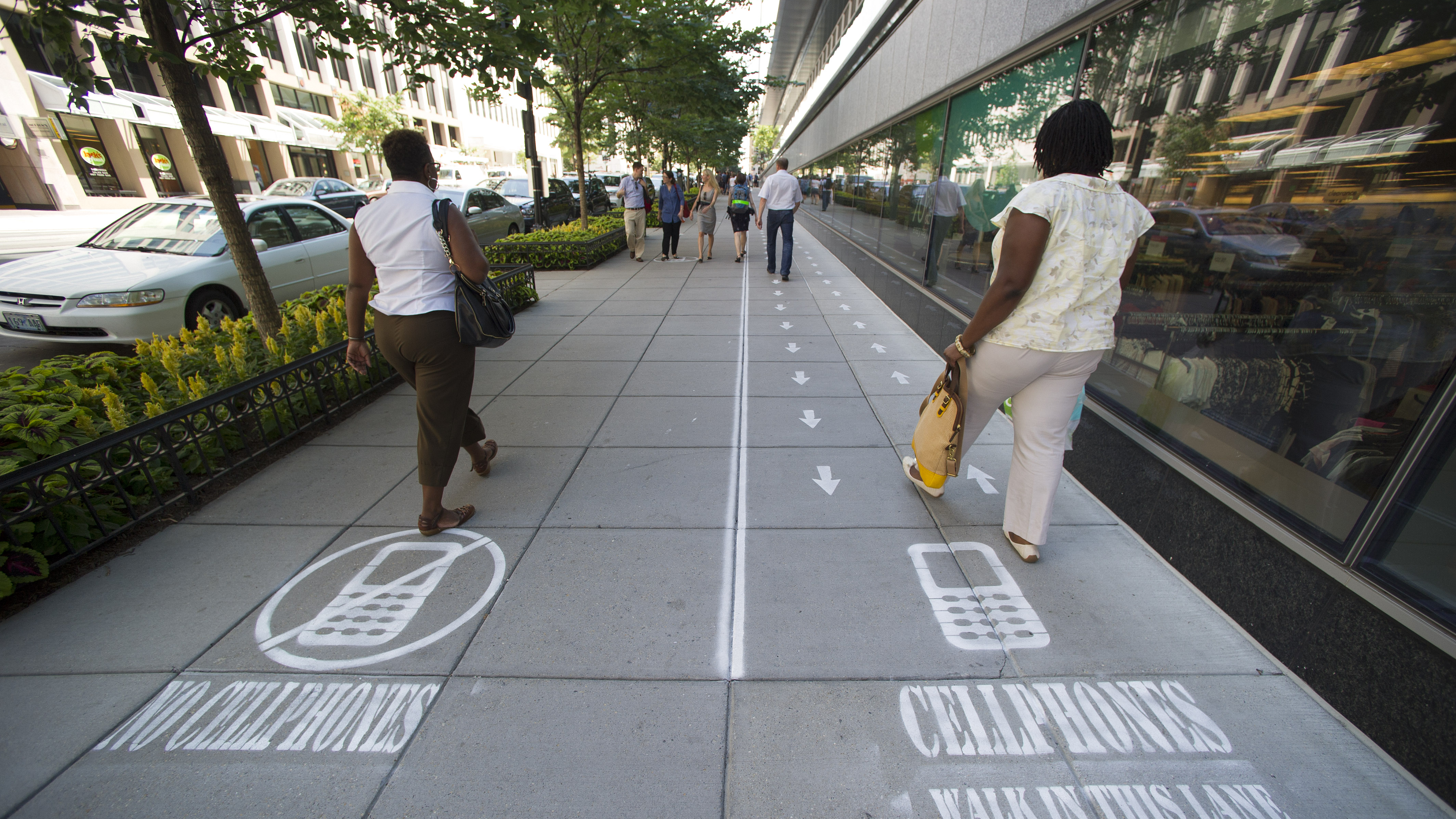00:56

Poland has joined a growing number of countries trying to protect 'smartphone zombies' from themselves. Warsaw, the capital of Poland, has installed new street lights at six different intersections that will warn people if they are about to step into traffic.
The system projects a red light onto the ground so that pedestrians will be able to see it while looking at their phones. This plan was in response to the large number of pedestrians killed in Poland in 2016.
According to statistics by the European Commision, Poland has the fifth highest rate of pedestrian deaths in the European Union with 22.9 deaths for every million people in the country. However, this rate was actually 56 percent lower than the country's death rate in 2007.
Warsaw will install more lights throughout the city if this program is successful in reducing pedestrian deaths or injuries.

Poland's prime minister Mateusz Morawiecki has made three other traffic changes to address the rate of pedestrian deaths in the country, including new speed limits. (Credit: ZARZĄD DRÓG MIEJSKICH)
Poland's prime minister Mateusz Morawiecki has made three other traffic changes to address the rate of pedestrian deaths in the country, including new speed limits. (Credit: ZARZĄD DRÓG MIEJSKICH)
Warsaw is not the first city to do this. In 2017, Bodegraven, a town in the Netherlands, installed a bar of light into their sidewalks that warns pedestrians looking at their phones when they are about to walk into traffic, and both South Korea and Tel Aviv installed similar devices in March 2019.
China and Thailand have installed phone lanes for people to use when walking and looking at their phone. And in 2017, Honolulu in Hawaii made it illegal to walk across a street while using a phone, fining violators between $75 and $99.
These changes come at a time of heightened concern around injuries caused by cell phone use. A 2018 study published in the journal of family medicine and primary care tracked the number of deaths caused by selfies.
Russia had the second highest number of selfie deaths in the study, beaten only by India. It was followed by the United States and Pakistan.

National Geographic divided a one block-long Washington sidewalk into two sections - one for cell phone users and the other for those not using a cell phone - in 2014. (Credit: AP /Cliff Owen)
National Geographic divided a one block-long Washington sidewalk into two sections - one for cell phone users and the other for those not using a cell phone - in 2014. (Credit: AP /Cliff Owen)
Another study published in the United States last month found that cell phone injuries tripled since 2007, specifically among young people between the ages of 13 and 29. The United States also saw an increase in pedestrian deaths in 2016, which was considered a 20-year high at the time.
The Governors Highway Safety Association (GHSA) blamed this increase on cell phone use. "Potential factors contributing to this spike include...an increase in walking as a primary mode of transportation, and distraction due to growing use of smartphone technology," the GHSA said.
However, despite these figures, some people have also criticised these interventions. When the Netherlands installed their light system, a spokesman for the VVN, a Dutch road safety organisation, told the BBC that these lights reward bad behaviour, encouraging people not to look around when approaching traffic.